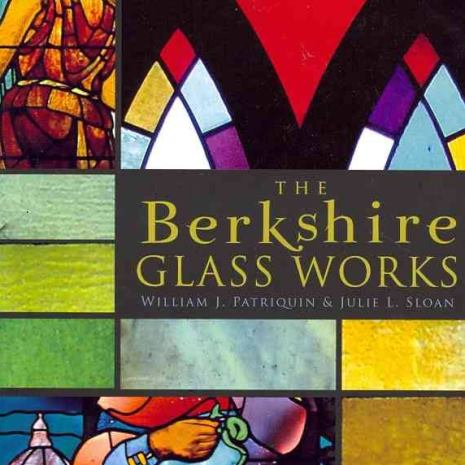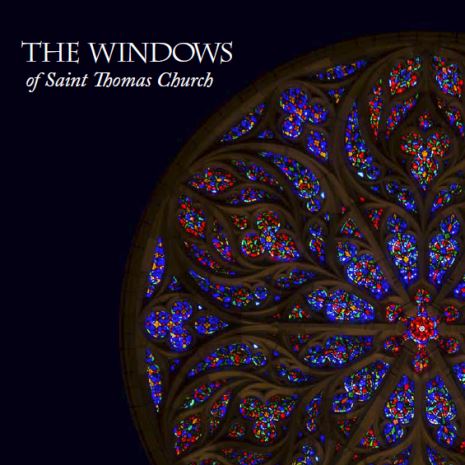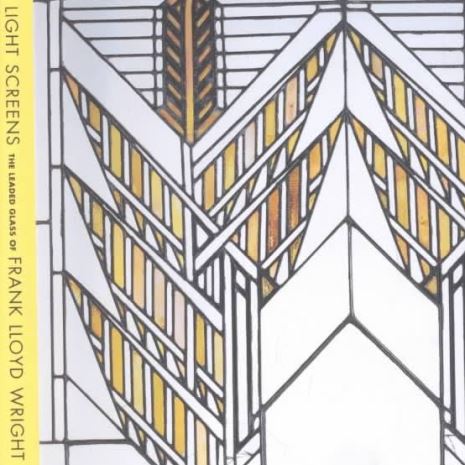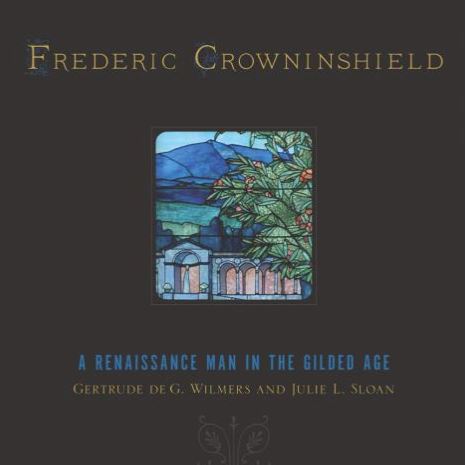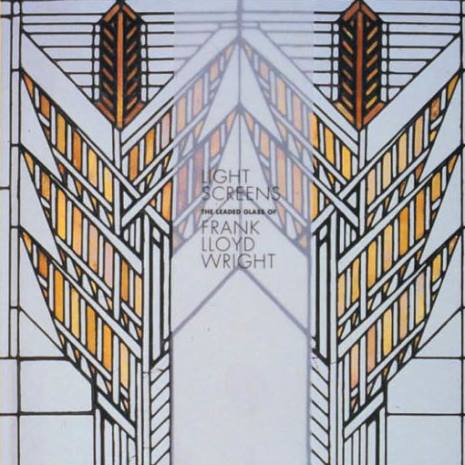The Rivalry Between Louis Comfort Tiffany and John La Farge - Endnotes
1. The primary source material on La Farge is far more plentiful than that about Tiffany and is more thoroughly researched as a result of the efforts of the La Farge Catalogue Raisonné. This is a work in progress based on the late Henry A. La Farge's "Catalogue Raisonné of the works of John La Farge," being completed by Dr. James L. Yarnall and Mrs. Henry A. La Farge. La Farge himself records his developments in letters, and contemporary artists and writers discussed his work in greater detail than they did Tiffany's. Unfortunately the bulk of primary material on Tiffany and his studio, such as correspondence and business documents, is lost.
2. John La Farge, "The American Art of Glass: To be read in connection with Mr. Louis C. Tiffany's paper in the July number of the 'Forum,' 1893." Privately published, 1893. La Farge Family Papers, Sterling Library, Yale University, p. 14; John La Farge, "Reply to Bing," unpublished letter, 1894, La Farge Family Papers, Sterling Library, Yale University, 7.
3. "John La Farge's Stained Glass," New York Herald (November 3, 1879), 8.
4. United States Patent Office to John La Farge, Care of Crosby & Gregory, Boston, Mass., Dec. 23, 1879; and Crosby & Gregory for John La Farge, to Hon. Commissioner of Patents, January 21, 1880; Archives, United States Patent Office.
5. Tiffany obtained two other patents for a "Colored-Glass Window." One, number 237,418, granted the same day was for windows built in a single layer but enhanced by having a metallic iridescent luster on the surface of the glass. The other, number 254,409, was granted a year later, on February 28, 1882, and was for the combination of a leaded decorative window with another window of colored glass assembled in a separate sash but installed in the same frame, with an air space between them.
6. Russell Sturgis, "Memorandum of conversation about priority of invention of American stained glass," June 21, 1904. Unpublished letter, La Farge Family Papers, Sterling Library, Yale University.
7. Roger Riordan, "American Stained Glass, Second Article," American Art Review II, part 2 (May 1881), 10.
8. H. Barbara Weinberg, "The Decorative Work of John La Farge," Ph.D. dissertation, Columbia University, 1975, 366 367.
9. Michael John Burlingham, The Last Tiffany': A Biography' of Dorothy Tiffany Burlingham (New York: Atheneum, 1989), 71.
10. "Louis C. Tiffany and Company with Louis Heidt: Agreement," March, 1881, typescript. Heidt Archives, Rakow Research Library, Corning Museum of Glass.
11. These searches have been carried out by the La Farge Catalogue Raisonné.
12. Betts, Atterbury & Betts to Thomas Gaffield, Scpt. 12, 1882. Thomas Gaffield Papers, Correspondence on Glass and Glass Making, vol. I, tipped into 105. Massachusetts Institute of Technology Archives, Cambridge, MA. All of the correspondence on this issue is in the same page.
13. Thomas Gaffield to Betts, Atterbury & Betts, Sept. 14, 1882, MIT Archives.
14. Betts, Atterbury & Betts to Gaffield, Sept. 21, 1882, MIT Archives.
15. Betts, Atterbury & Betts to Gaffield, Sept. 25, 1882, MIT Archives.
16. Alphonse Friedrick, "Flexible Soft-Metal Sash-Bar," Patent No. '283,093, August 14, 1883, United States Patent Office.
17. "La Farge's Stained Glass," Herald, 8.
18. "[Editorial]", New York Times (November 13, 1880), 4. The window was unidentified, described only as a memorial in a Newark, NJ, church.
19. "[Editorial]", New York Times (December 11, 188O), 4.
20. George Parsons Lathrop, 'John La Farge," Seribner's Monthly
21 (February 1881), 515. Neither La Farge nor Tiffany probably ever actually made the glass themselves. They oversaw the glassmakers.
21. This includes, for example, Mary Gay Humphreys, "Colored Glass for Home Decoration," Art Amateur 5 (June, 1881), 14-15, which mentions both artists as well as others; and 'American Stained Glass," American Pottery & Glassware Reporter (Sept. 22, 1881), 22, which mentions neither.
22. See, for example, "La Farge's Works," Newport Dai!y News (November 2, 1881), 2; and "The Fine Arts," Boston Post (November 5, 1881), I.
23. Donald G. Mitchell, "From Lobby to Peak," Our Continent, as follows: "On the Threshold," (Feb. 15, 1882), 5; "A Lobby," (Feb. 22, 1882), 21; "Halls," (March 1, 1882), 37; "An Early Breakfast," (March 15, 1882), 69; "Round About the Room," (March 22, 1882), 85; "Round About Again," (March 19, 1882), 101; "Over the Mantle," (April 5, 1882), 117-118; "In the Library," (April 10, 1882), 132; "Between Rooms," (April 19, 1882), 148; "A Library Corner," (May 3, 1882), 185; and "A Rolling Screen," (May 10, 1882), 217.
24. See, for example, "Art in Dwelling Houses," American Pottery & Glassware Reporter (January 26, 1882), 4, describing the William H. Vanderbilt house; and "[Untitled notice of exhibition of the Battle Window at La Farge's studio]," New York Daily Tribune (April 23, 1882), 5.
25. See, for example, "Modern Stained Glass," Carpentry and Building 5 (February 1883), 23-24, which was a scathing criticism of La Farge's floral windows for the Frederick Lothrop Ames house in Boston; Mary Gay Humphreys, "John La Farge: Artist and Decorator," Art Amateur 9 (June, 1883), 12-14. Other articles covered the installation of the Battle Window and other projects.
26. Quoted in Royal Cortissoz, John La Farge (Boston: Houghton Mifflin Co., 1911), 184
27. C. Hanford Henderson, "Glass-Making. II. - The History of a Picture-Window," Popular Science Monthly 35 (1889), 22-23. Tiffany himself related a similar version of the story several years after La Farge's death in his lecture, "Color and its Kinship to Sound," The Art World 2 (May 1917), 142.
28. There were a number of American stained glass windows in and around the Fair, but they were installed as decorations for other exhibits, not displayed to show off their own artistic and technical merit. For a brief review of stained glass at the Fair, see "Chicago: Close of the Fair," American Architect and Building News 42 (November 11, 1893), 74-75. Tiffany published a pamphlet to accompany his wares, called "A Synopsis of the Exhibit of the Tiffany Glass & Decorating Company in the American Section of the Manufactures and Liberal Arts Building at the World's Fair, Jackson Park, Chicago, Illinois, 1893, with an Appendix on Memorial Windows."
29. Louis Comfort Tiffany, "American Art Supreme in Colored Glass," Forum 15 (July, 1893),621-628.
30. La Farge, "American Art of Glass," 9-10.
31. Ibid., 13.
32. Ibid., 14.
33. La Farge, "Reply to Bing," see note 2.
34. Samuel Bing, Artistic America, Tiffany Glass, and Art Nouveau, translated by Benita Eisler (Cambridge: MIT Press, 197O), 130-146; Gabriel P. Weisberg, Art Nouveau Bing (New York: Harry N. Abrams, 1986), 48-49, 272 n. 5.
35. Cecelia Waern, "John La Farge: Artist and Writer," Portfolio vol. 2, no. 7 (September, 1897) 136-163.
<< Back

